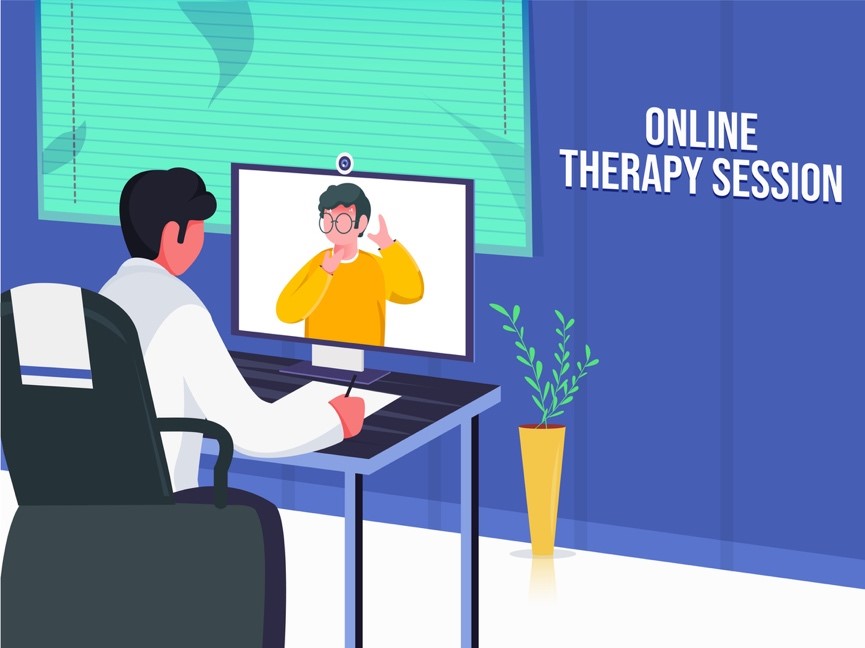A huge factor in the success of a clinical videoconferencing strategy is the usability of the Telehealth platform. If it is easily usable and providers have relative confidence in the clarity of the connection, then you’re usually off to a good start. There are several available Telehealth platforms and some may be preferred for various reasons. The most important factors are that the chosen platform is HIPAA compliant and easy to use for the clinician and client.
There are several platforms available for telemental health delivery. While these are constantly updating and changing, some common platforms include Zoom, VidyoConnect, doxy.me, Adobe Connect. You need to decide first and do the research when selecting a platform. For example, progress notes, billing, appointment reminders, text messaging, and payment can be built into the platform.
You have to use HIPAA-compliant platforms when communicating with clients. For example, FaceTime and Skype use 256-bit end-to-end encryption meaning that the video message is being encrypted and erased all the time so no one can hack into it. It is possible to see that you made a call to somebody using FaceTime or Skype, but not the content of that conversation. However, FaceTime or Skype will not sign the agreement of breach notification to make it fully HIPAA-compliant.

